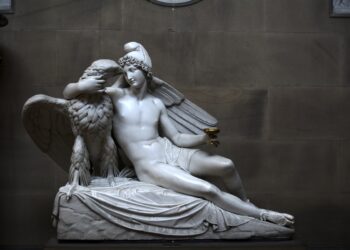What was hidden behind the soldiers in Robert Capa’s “Falling Soldier”?

A peaceful village
Enemy trenches
A staged backdrop
Spectators watching
Who is the nurse in Alfred Eisenstaedt’s “V-J Day in Times Square”?

A local shopkeeper
A dental assistant
A random passerby
A tourist visiting NYC
Why did Kevin Carter take the famous vulture photo?

To document wildlife
To show human struggle
To test a new camera
To win a contest
What does the “Migrant Mother” photo by Dorothea Lange symbolize?

Economic prosperity
Family joy
Desperation and hope
Technological advancement
What is unique about the background of “Tank Man”?

It’s in a rural area
It features a festival
It’s a busy city street
It’s near iconic buildings
What followed immediately after the scene in “Lunch atop a Skyscraper”?

A work break
Resumption of construction
A safety inspection
A public celebration
What was controversial about the editing of “Bliss” by Charles O’Rear?

The colors were enhanced
It’s completely unedited
Digital artifacts were added
The sky was replaced
What effect did “Earthrise” by William Anders have on society?

Sparked space travel fears
Inspired environmental movements
Increased technological research
None
How did the subject of “Afghan Girl” by Steve McCurry find out about her fame?
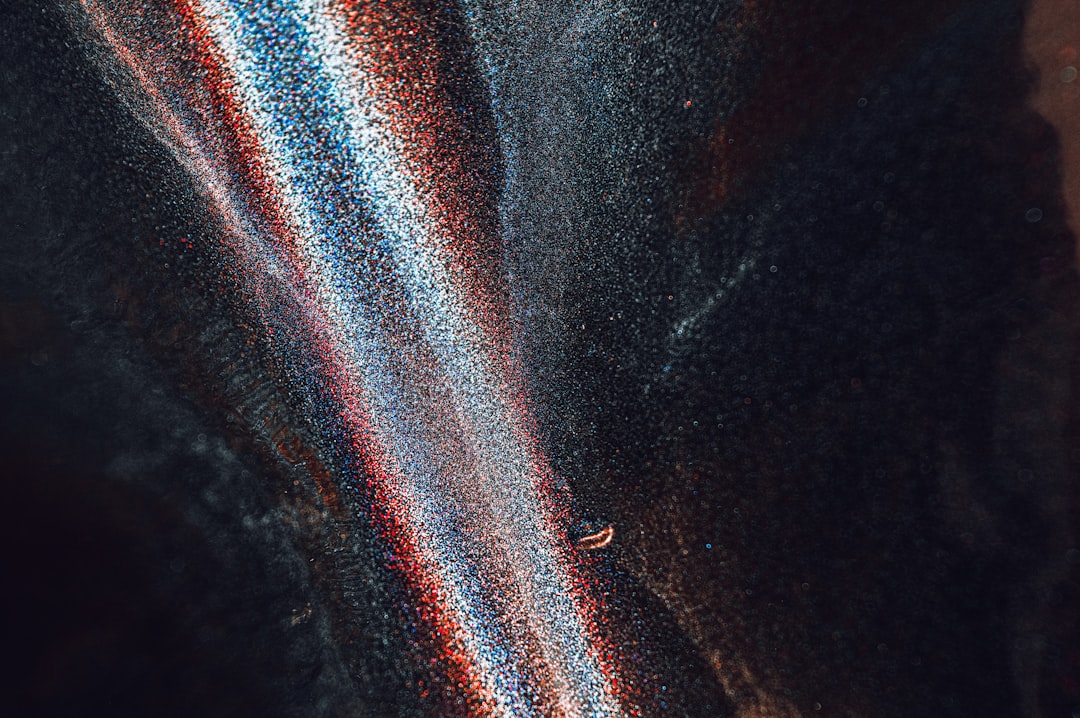
Through a family member
By visiting a museum
From a television show
She never knew
What is often misunderstood about the context of “The Tetons and the Snake River” by Ansel Adams?

It’s in Canada
It’s a painting
It shows environmental degradation
It’s heavily edited
What famous photo inspired Earth Day initiatives?

City smog
Forest fire
Oil spill
Melting glacier
What disguised element exists in “Guerrillero Heroico”?
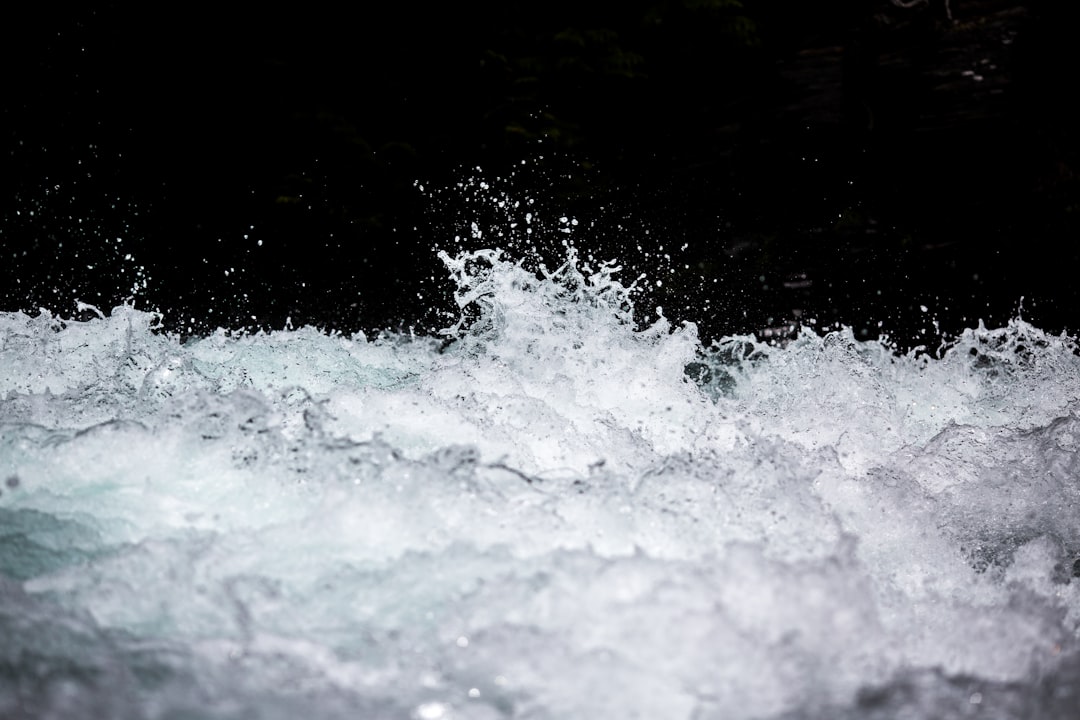
Background fighters
False weapons
Edited shadows
Altered facial expression
What did Joe Rosenthal clarify about “Raising the Flag on Iwo Jima”?
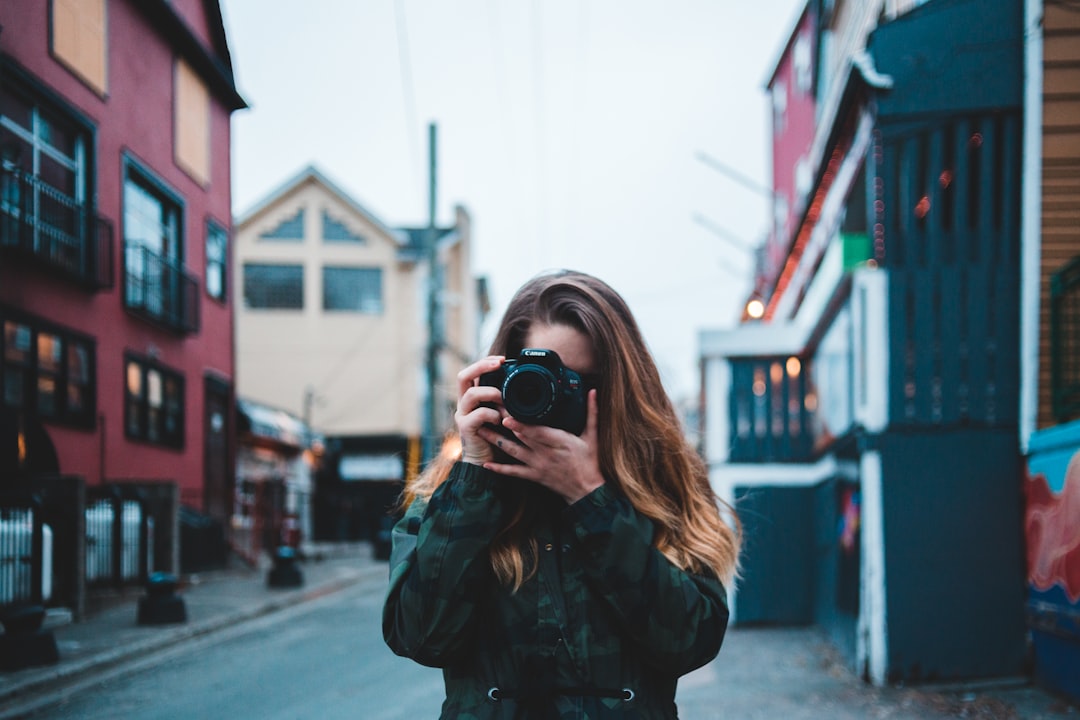
He staged it
It was candid
Second flag-raising
It’s digitally altered
What environment change affected “Dust Bowl” photos?

Sudden storms
Extended drought
Urban expansion
River redirection
What led to the unique angle in “Le baiser de l’hôtel de ville”?
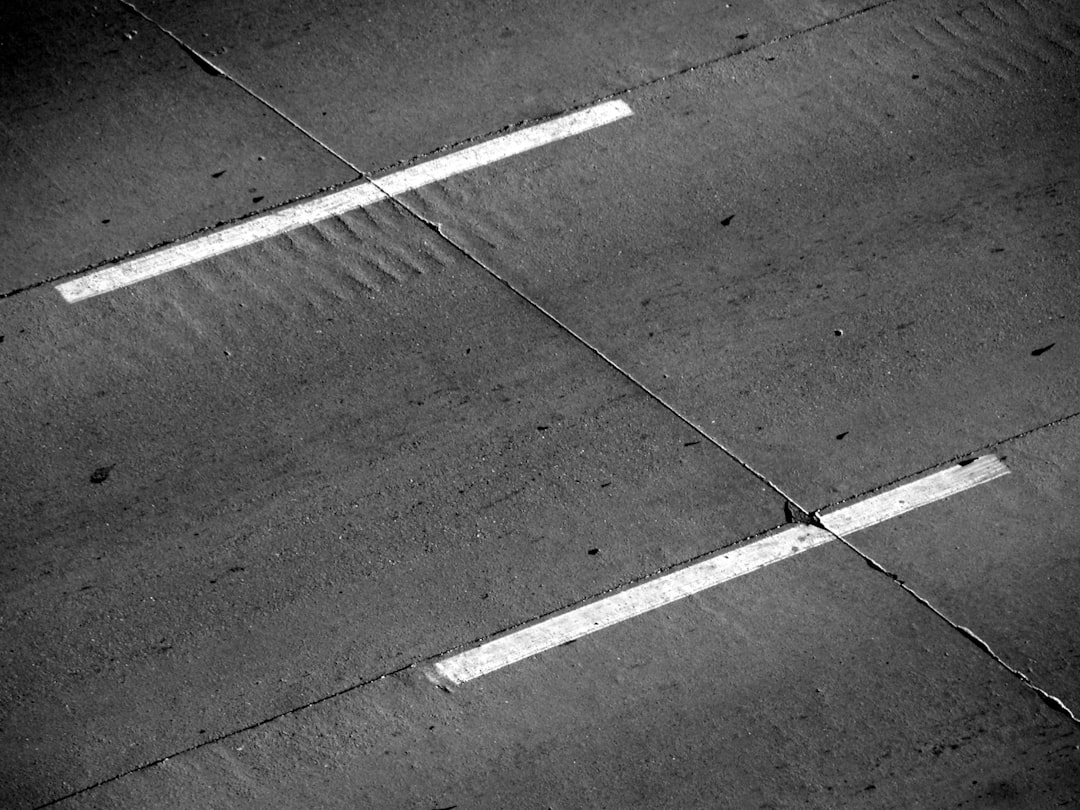
A ladder
Crowd around
Ground-level shot
Hidden camera
What misinformation surrounds “The Blue Marble”?

It’s entirely CGI
Taken by Armstrong
Composite image
Only Earth visible
Where was “Behind the Gare Saint-Lazare” shot?

London
Paris
Berlin
Moscow
What often goes unmentioned about “Napalm Girl”?
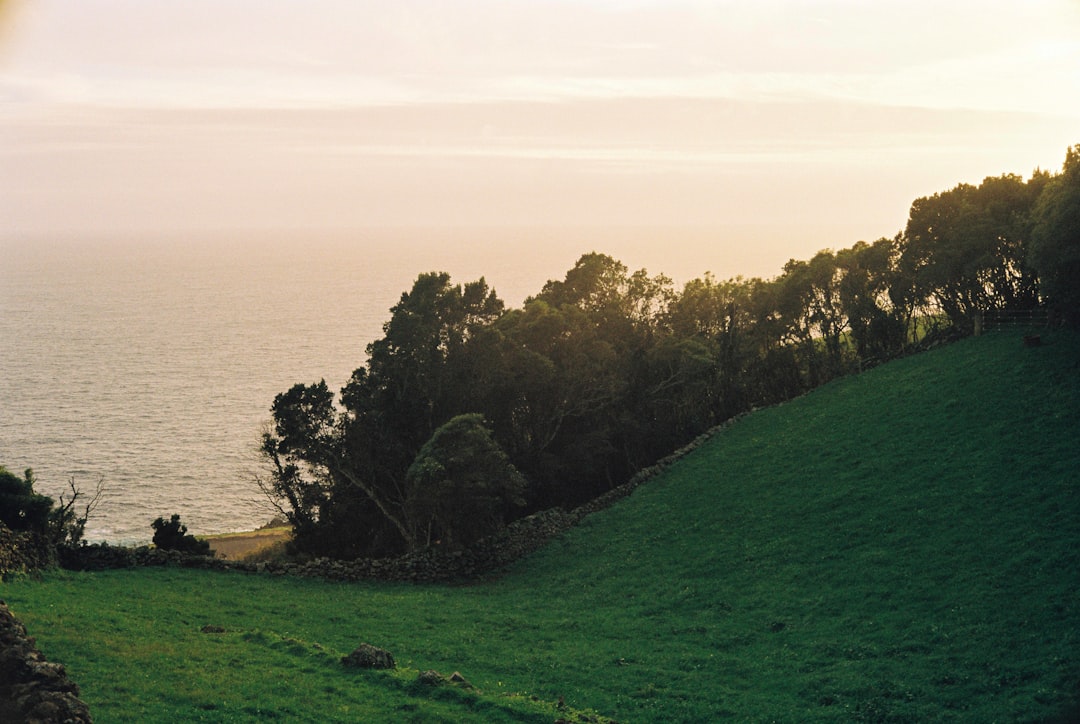
Location
Photographer’s risk
Immediate aftermath
Actual injuries
What is a common error about “Moonlight: The Pond”?
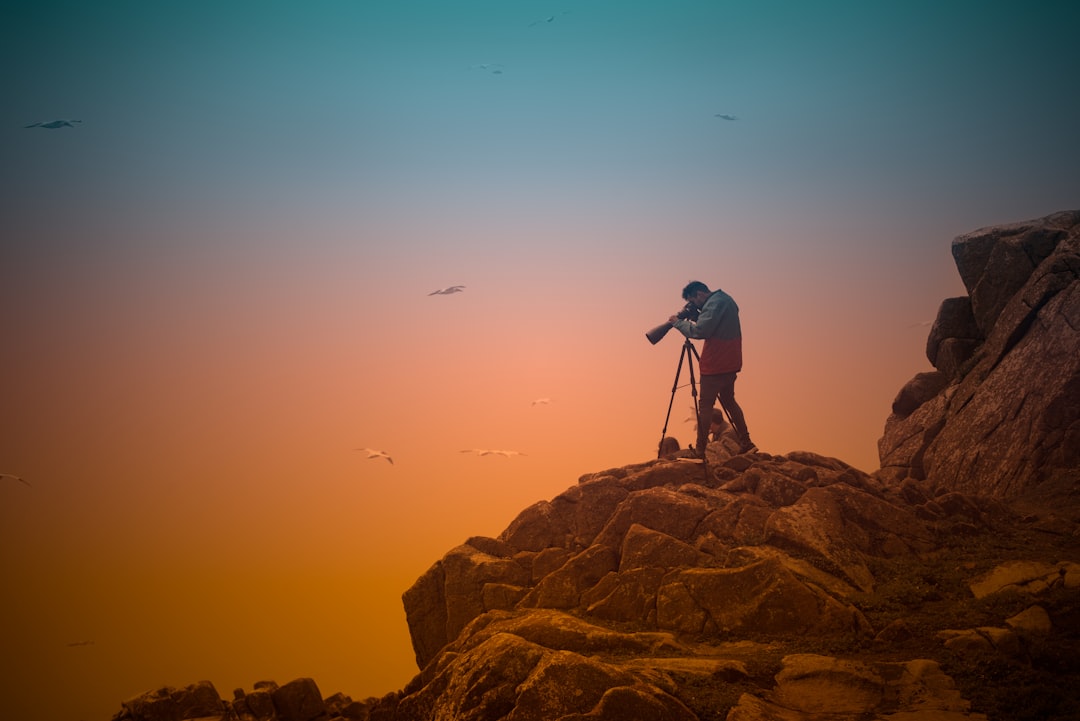
Location
Moon phase
It’s a daytime photo
Camera type
What reality is often missed in “Segregated Water Fountains”?
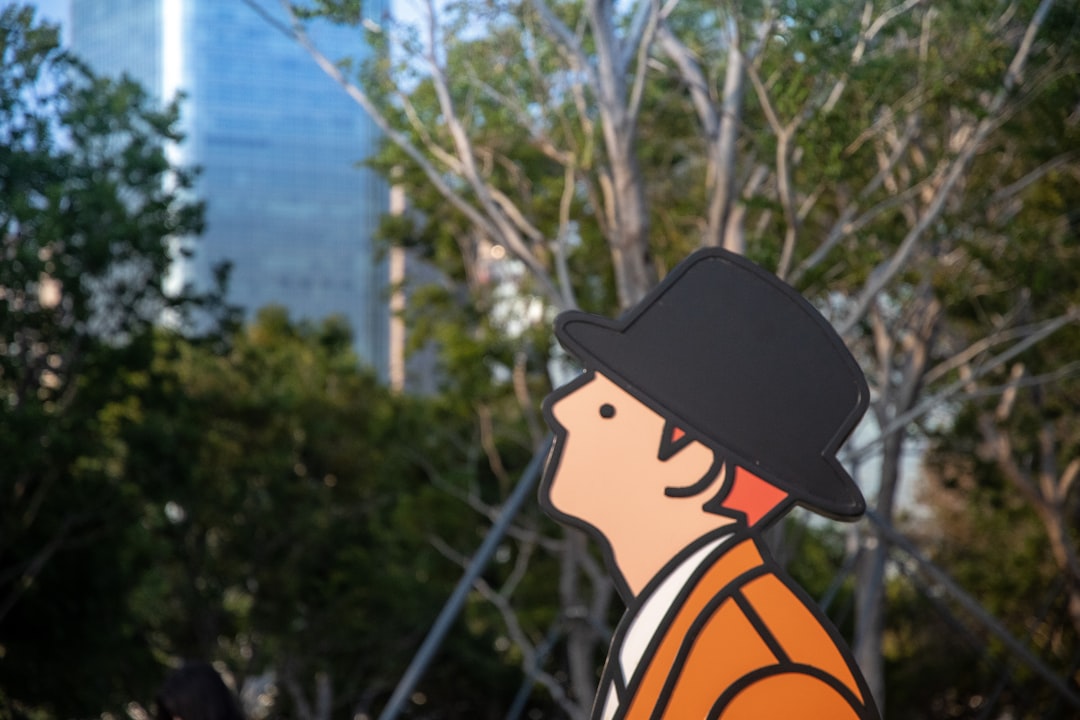
Photograph location
Photographer’s identity
Color enhancement
Staged scene

Snapshot Novice?
You might need a bit more focus to capture the full picture!
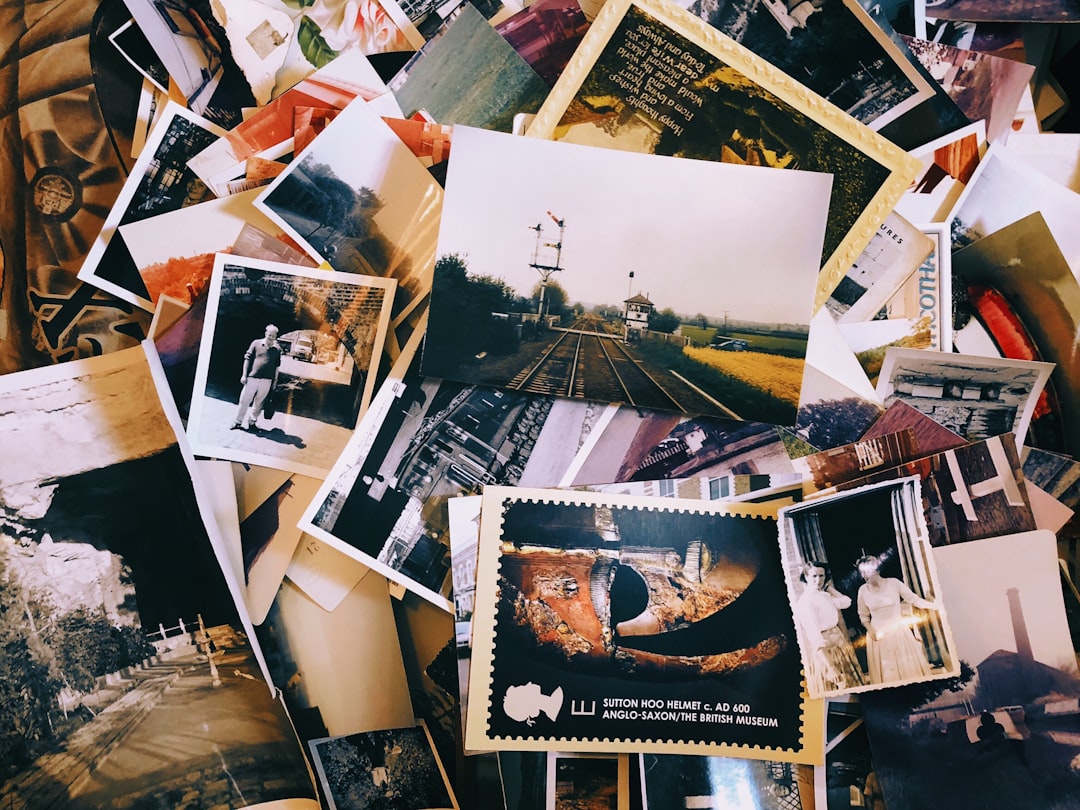
Aspiring Photographer
You’ve got a good eye for detail, keep sharpening your skills!

Photojournalist Pro
Impressive! You’ve truly captured the essence of iconic photography!




